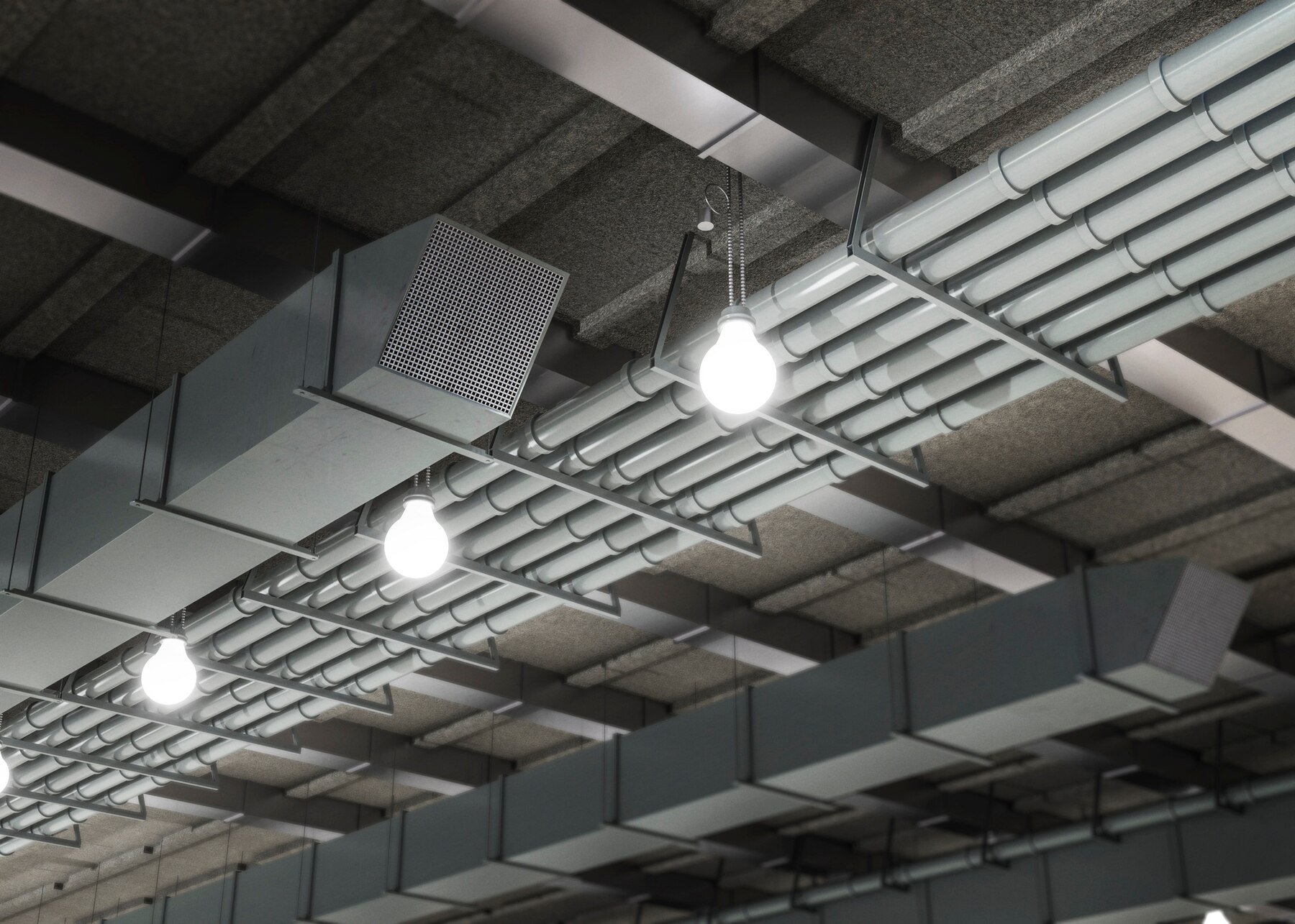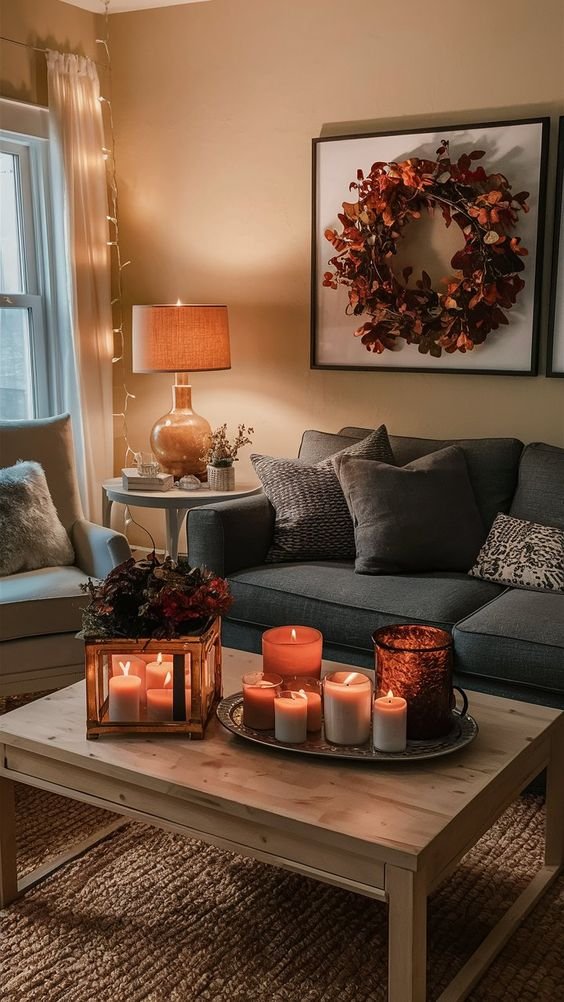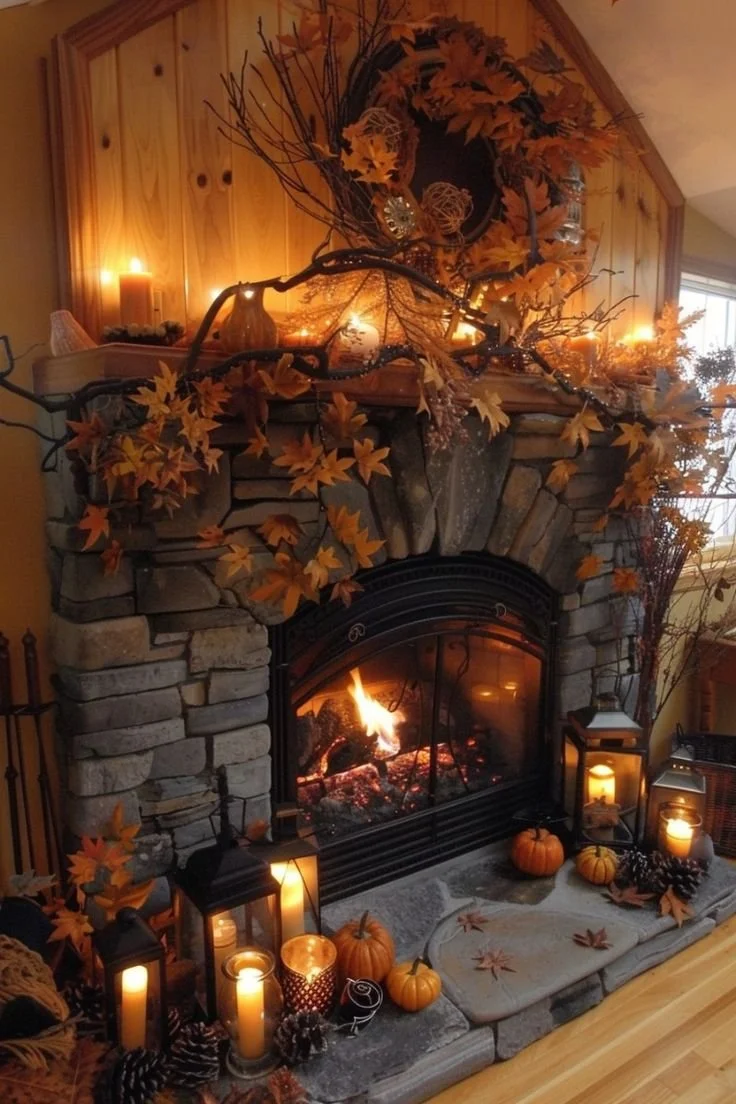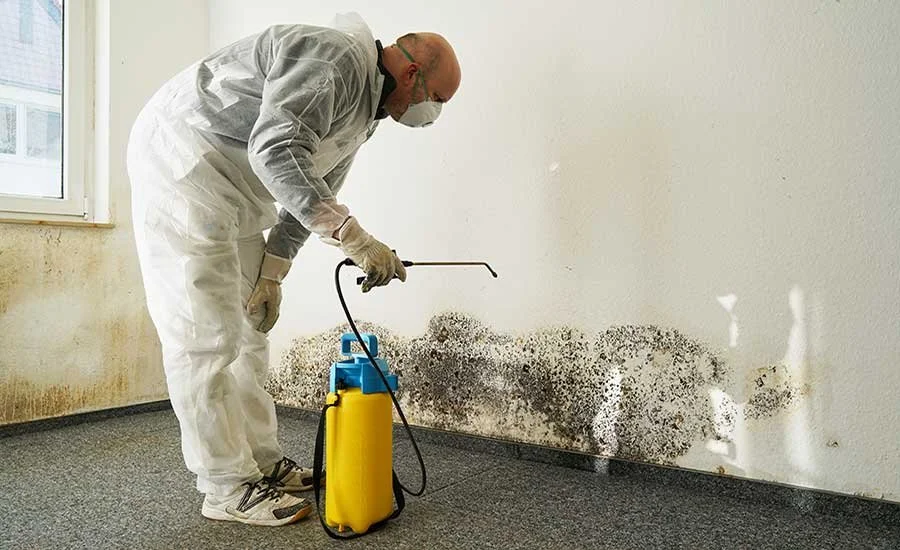Maintenance Tips for Ducted Air Conditioning Systems
RH Business Marketing Solutions
Ah, the blissful comfort of a cool breeze on a scorching summer day. Ducted air conditioning systems are a modern marvel, silently working in the background to keep our homes at a comfortable temperature. But like any machine, these systems require regular maintenance to function efficiently and deliver optimal performance. Here's your comprehensive guide to maintain them when you buy ducted air conditioning system, ensuring a cool and comfortable home environment for years.
Understanding Your Ducted Air Conditioning System
Before diving into maintenance, let's gain a basic understanding of how your ducted AC system works. Imagine a closed loop:
Indoor Unit (Evaporator): This unit draws warm air from your home through a filter. The cool refrigerant absorbs the heat, causing the air to cool down.
Ductwork: A network of insulated pipes carries the cooled air throughout your house.
Vents and Registers: These are the openings in your walls or ceilings where the cool air exits the ductwork and enters your living space.
Outdoor Unit (Condenser/Compressor): The hot refrigerant travels here, releasing heat into the external environment. The cooled refrigerant then returns to the indoor unit to repeat the cycle.
Regular Maintenance Schedule: Your System's Recipe for Success
Like a car that needs regular oil changes, your ducted air conditioning system thrives on a consistent maintenance schedule. Here's a breakdown of tasks based on frequency:
Monthly:
Filter Cleaning: This is crucial for maintaining airflow and efficiency.
Quarterly:
Inspect Vents and Registers: Check for dust buildup and ensure they're not blocked by furniture or curtains.
Annually:
Professional Maintenance Service: A professional can thoroughly clean your system, inspect ductwork, and ensure optimal performance.
Filter Cleaning and Replacement: Your System's Air Purifier
Air filters trap dust, pollen, and other airborne pollutants. A clogged filter restricts airflow, forcing your system to work harder, reducing efficiency, and potentially increasing energy bills. Here's how to maintain your air filter:
Locate the filter: Consult your user manual to find the filter's location, typically behind a grill on the indoor unit.
Cleaning: Most filters are washable. Use warm, soapy water and let it dry completely before reinstalling.
Replacement: Replace disposable filters according to the manufacturer's recommendations, typically every 1-3 months, depending on usage and dust levels.
Inspecting and Cleaning Ductwork: Keeping the Airflow Smooth
Over time, dust and debris can accumulate within the ductwork. This reduces airflow and can lead to mold growth, impacting indoor air quality. While professional cleaning is recommended every few years, here are some DIY tips for inspection:
Signs of Trouble: Watch for uneven cooling throughout your home, increased dust levels, or unusual noises from the vents. These can indicate ductwork issues.
Visual Inspection: Access a portion of your ductwork (usually located in the basement or crawl space) if possible. Look for visible dust buildup or blockages.
Cleaning: For minor dust accumulation, use a long-reach vacuum cleaner with a hose attachment to reach into the ducts. Remember, professional cleaning offers a more thorough solution.
Checking and Cleaning Vents and Registers: The Final Frontier
Vents and registers are the final contact points for cool air entering your living space. Blocked vents significantly impact airflow:
Cleaning: Remove the vent covers and gently vacuum dust and debris. Wipe the covers with a damp cloth if necessary.
Unobstructed Flow: Ensure furniture, curtains, or rugs are not blocking the vents, allowing for proper air circulation.
Inspecting the Outdoor Unit: Keeping the Heat Out
The outdoor unit, usually next to your home, is vital in heat exchange. Here's how to maintain it:
Clear the Area: Keep the area around the unit free of debris, leaves, and overgrown vegetation. This allows for proper airflow.
Visual Inspection: Look for any visible damage to the fins or casing of the unit.
Leave it to the Professionals: Avoid tampering with the internal components of the outdoor unit.
Checking Thermostat Settings: Optimizing Comfort and Efficiency
Your thermostat acts as the conductor for your air conditioning system. Here's how to ensure it's working efficiently:
Calibration: Ensure your thermostat is accurately reading the room temperature. Most thermostats have a calibration function.
Settings: Adjust thermostat settings according to your comfort and needs. Consider using smart thermostats that learn your routines and adjust settings automatically.
Professional Maintenance Services: Your System's Annual Check-Up
While regular cleaning and DIY maintenance are essential, a yearly professional service is crucial for optimal system performance and longevity. Here's what you can expect:
Thorough Cleaning: Professionals utilize specialized tools and techniques to clean the entire system, including the indoor unit, ductwork (in some cases), and outdoor unit. This removes deep-seated dust, dirt, and potential mold growth that DIY methods might miss.
Inspection and Diagnostics: Technicians inspect all system components for signs of wear and tear, potential leaks, or loose connections. They also perform diagnostic checks to ensure the system is operating efficiently.
Performance Optimization: Professionals can adjust refrigerant levels, calibrate the thermostat, and optimize system settings to ensure your air conditioning system runs at peak efficiency. This can translate to lower energy bills for you.
Peace of Mind: Knowing your system has received a thorough inspection and professional cleaning provides peace of mind. This proactive approach can prevent minor issues from escalating into costly repairs.
Troubleshooting Common Issues: When DIY Might Suffice
While some issues require professional attention, here are some common problems you might be able to troubleshoot yourself:
Uneven Cooling: Check for blocked vents or registers. Ensure the thermostat settings are consistent throughout the house. If the air filter is clogged, consider replacing it.
Reduced Airflow: Clean the air filter and vents. Check if the furniture is blocking vents.
Strange Noises: Turn off the system and consult your user manual for troubleshooting tips based on the specific noise.
No Power: Check the thermostat settings and ensure the circuit breaker hasn't tripped.
However, if the issue persists or you suspect a refrigerant leak, malfunctioning compressor, or any other major concern, don't hesitate to call a qualified AC technician.
Breathe Easy with Proactive Maintenance
By following these essential maintenance tips, you can ensure your ducted air conditioning system operates efficiently, delivering cool air while keeping your energy bills in check. Remember, proactive maintenance is key to extending the life of your system and preventing costly repairs. Schedule regular cleaning, invest in annual professional services, and enjoy a cool and comfortable home environment for years. So, breathe easy, knowing your air conditioner is well-maintained and ready to keep you cool throughout the hot summer months.
























